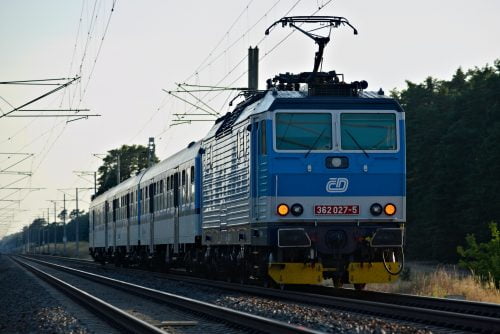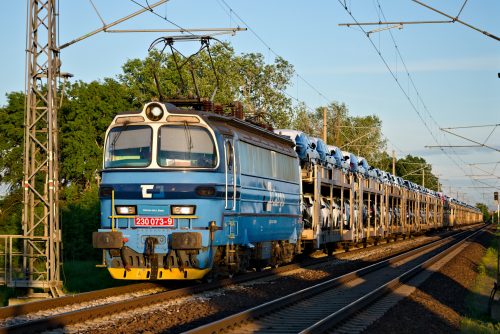Electric trains are trains that run on electricity instead of traditional fuel, making them more environmentally friendly. They are powered by electric motors that provide the necessary propulsion. In terms of weight, electric trains can vary, typically ranging from 100 to 250 metric tons (220k to 550k pounds), depending on their size and purpose.
How do electric trains get their power?
Electric trains receive power from overhead wires or a third rail, which supply electricity to the train’s electric motors, enabling them to move.
Are electric trains faster than regular trains?
Electric trains can reach impressive speeds, often comparable to or even faster than regular trains. They can travel at speeds ranging from 60 to 125 miles per hour.
Are electric trains quieter than other trains?
Yes, electric trains are quieter compared to trains with internal combustion engines. They produce less noise as they run on electricity, resulting in a smoother and more peaceful journey.
Can electric trains operate during a power outage?
Electric trains rely on a continuous supply of electricity, so if there’s a power outage, they cannot run. However, power outages are infrequent, and rail systems have backup plans to restore power swiftly.


Leave a Reply